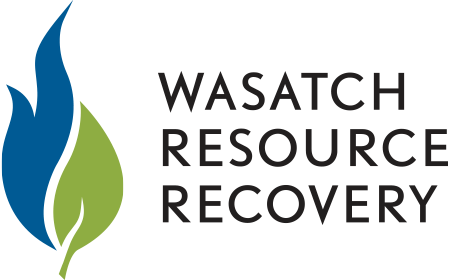Case Study – Oatly: Local Solutions
Oatly started sending food waste to Wasatch Resource Recovery in February of 2021, as they began production at their new facility in Ogden. Oatly aims to “drive a societal shift towards a plant-based food system for the benefit of people and the planet, and away from a food system that recklessly taxes the environment.” They are also strong proponents of utilizing local “creative solutions to make our production more sustainable.” This is where WRR comes in!
Oatly produces a variety of products – from their original oatmilk to frozen desserts to oatgurt. During the process of manufacturing oatmilk, they produce an oat fiber byproduct. One of Oatly’s main goals is to minimize the amount of waste sent to landfills and, when they discovered Wasatch Resource Recovery, they knew it would be a good fit for this material.
“We were excited to partner with Wasatch Resource Recovery to repurpose the oat fiber and any of our other organic waste to produce renewable energy. What’s great is that through the program, we don’t just avoid the environmental impact of sending our waste to a landfill, we help make green energy more available for the local area.”
We asked Oatly if they had advice for other large scale food producers and distributors when it comes to rethinking food waste and they said,
“Don’t get complacent with the way things have always been and always keep your ear to the ground for good, local solutions. Since we make oatmilk all over the world, we’ve been able to find uses for our byproduct that make sense for each local area, whether that be working with farmers or finding partners like Wasatch Resource Recovery.”
One of the biggest challenges we hear about is how difficult it can be for groups to make changes company-wide. Oatly’s approach – looking at each distribution and production location individually and finding innovative solutions locally, is truly inspiring!
So far, Oatly has diverted over 9,000 tons of oat fiber byproduct and other organic waste – that is equivalent to approximately 17 million cubic feet of natural gas, or ~280 homes heated for an entire year. Incredible!




